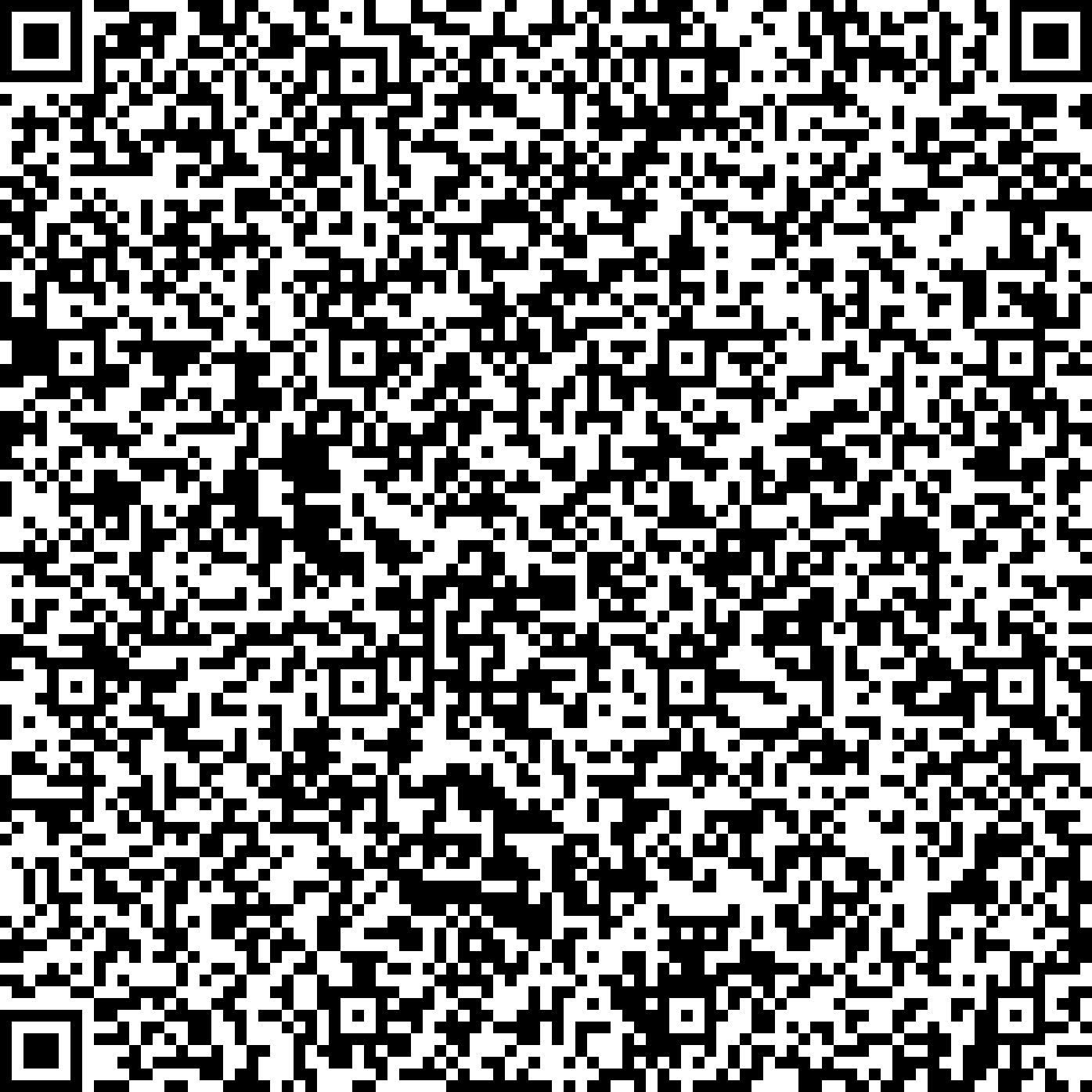

In times of sustainability, carbon materials with their high surface area and abundant functionality, best made from simple circular starting products, are a convincing choice. Here, the notation “carbon” is rather broad and includes a diversity of covalent organic compounds with different composition, architecture, textures and the related properties. A common denominator is however that all these systems are made by cross-linking processes to become insoluble, rather inert solids. Markus will summarize in his talk some of his group’s recent approaches to generate new as such carbons, e.g. “oxocarbons” or P-doped carbons, focusing on simplicity. He will show that many of the resulting 2d- and 3d structures are chemo-, photo- and electrocatalytically active and show even enzyme-like activity for some very unusual reactions, such as binding and conversion from nanomolar concentrations for environmental cleaning or polymer degradation of otherwise stable polymers.
As such, these carbocatalysts are not the “green versions” of previous catalysts with “compromised” properties, but they extend chemistry as such. Although Markus considers himself just a physical chemist, he will also try to put emphasis on the largely not understood details and new physical effects as a chance to ask for new theoretical help by phrasing the problems in a less application-oriented language.
Markus is a Director of the Max Planck Institute of Colloids and Interfaces and Full Professor at the University of Potsdam. He has contributed with about 1,000 papers to the field of materials/polymer chemistry in the last 40 years. His work was appreciated with a number of honors, and his current work is cited about 200,000 times, with an h-index of 221. He is also an amateur chef of fusion cuisine and is playing in a rock band.


In times of sustainability, carbon materials with their high surface area and abundant functionality, best made from simple circular starting products, are a convincing choice. Here, the notation “carbon” is rather broad and includes a diversity of covalent organic compounds with different composition, architecture, textures and the related properties. A common denominator is however that all these systems are made by cross-linking processes to become insoluble, rather inert solids. Markus will summarize in his talk some of his group’s recent approaches to generate new as such carbons, e.g. “oxocarbons” or P-doped carbons, focusing on simplicity. He will show that many of the resulting 2d- and 3d structures are chemo-, photo- and electrocatalytically active and show even enzyme-like activity for some very unusual reactions, such as binding and conversion from nanomolar concentrations for environmental cleaning or polymer degradation of otherwise stable polymers.
As such, these carbocatalysts are not the “green versions” of previous catalysts with “compromised” properties, but they extend chemistry as such. Although Markus considers himself just a physical chemist, he will also try to put emphasis on the largely not understood details and new physical effects as a chance to ask for new theoretical help by phrasing the problems in a less application-oriented language.
Markus is a Director of the Max Planck Institute of Colloids and Interfaces and Full Professor at the University of Potsdam. He has contributed with about 1,000 papers to the field of materials/polymer chemistry in the last 40 years. His work was appreciated with a number of honors, and his current work is cited about 200,000 times, with an h-index of 221. He is also an amateur chef of fusion cuisine and is playing in a rock band.